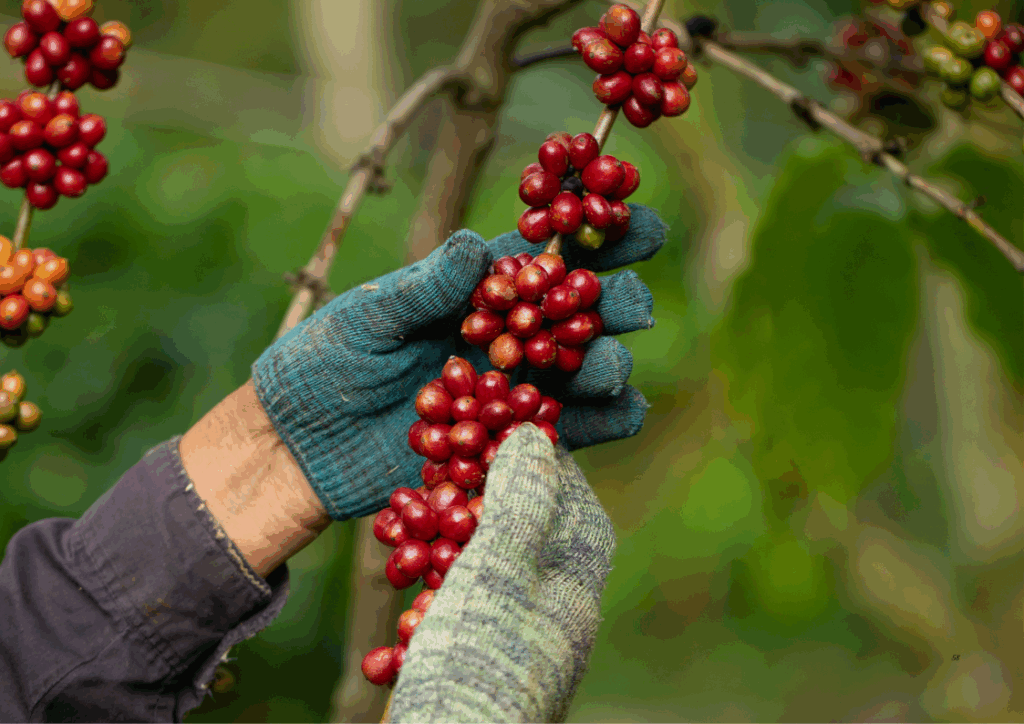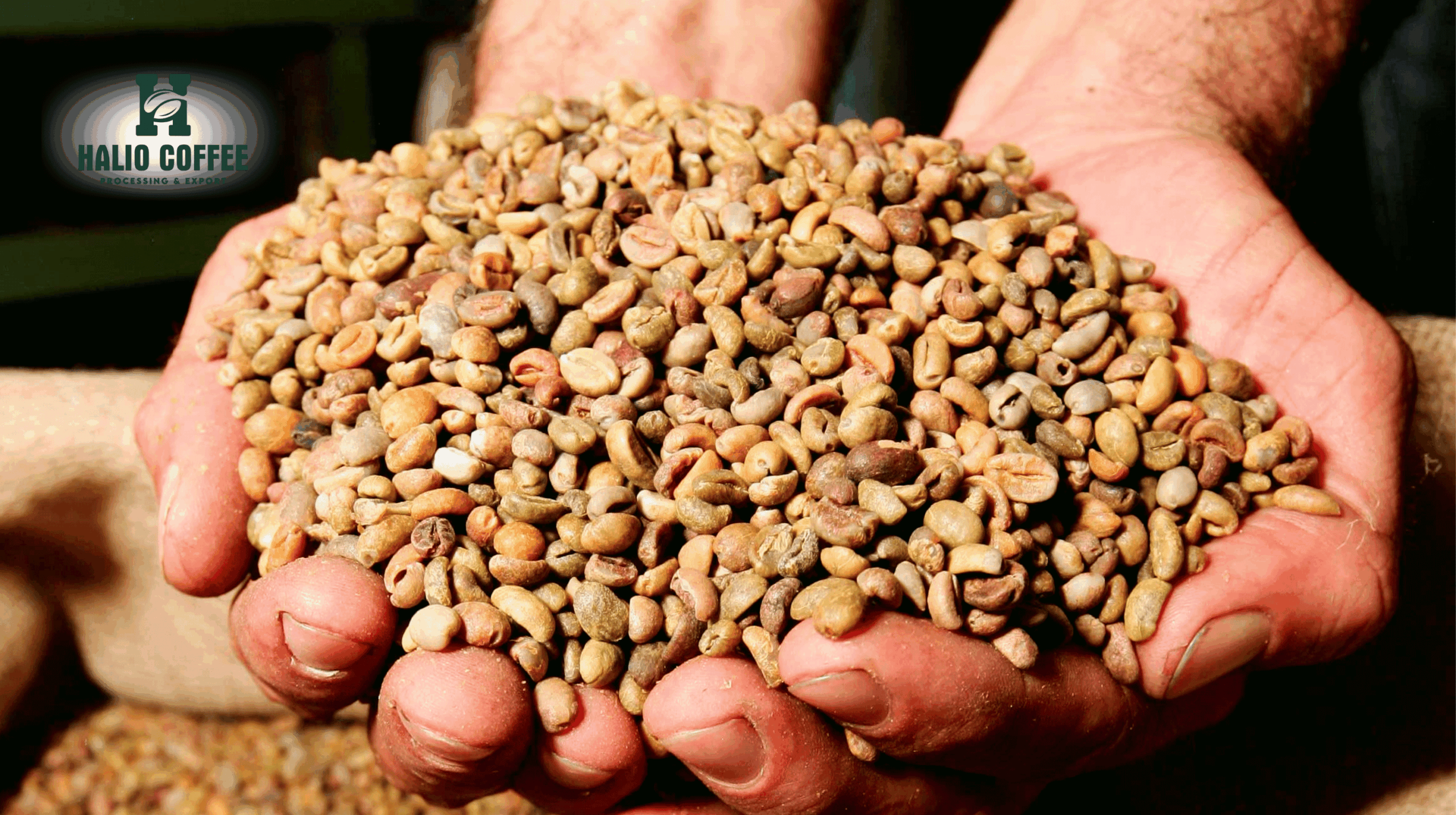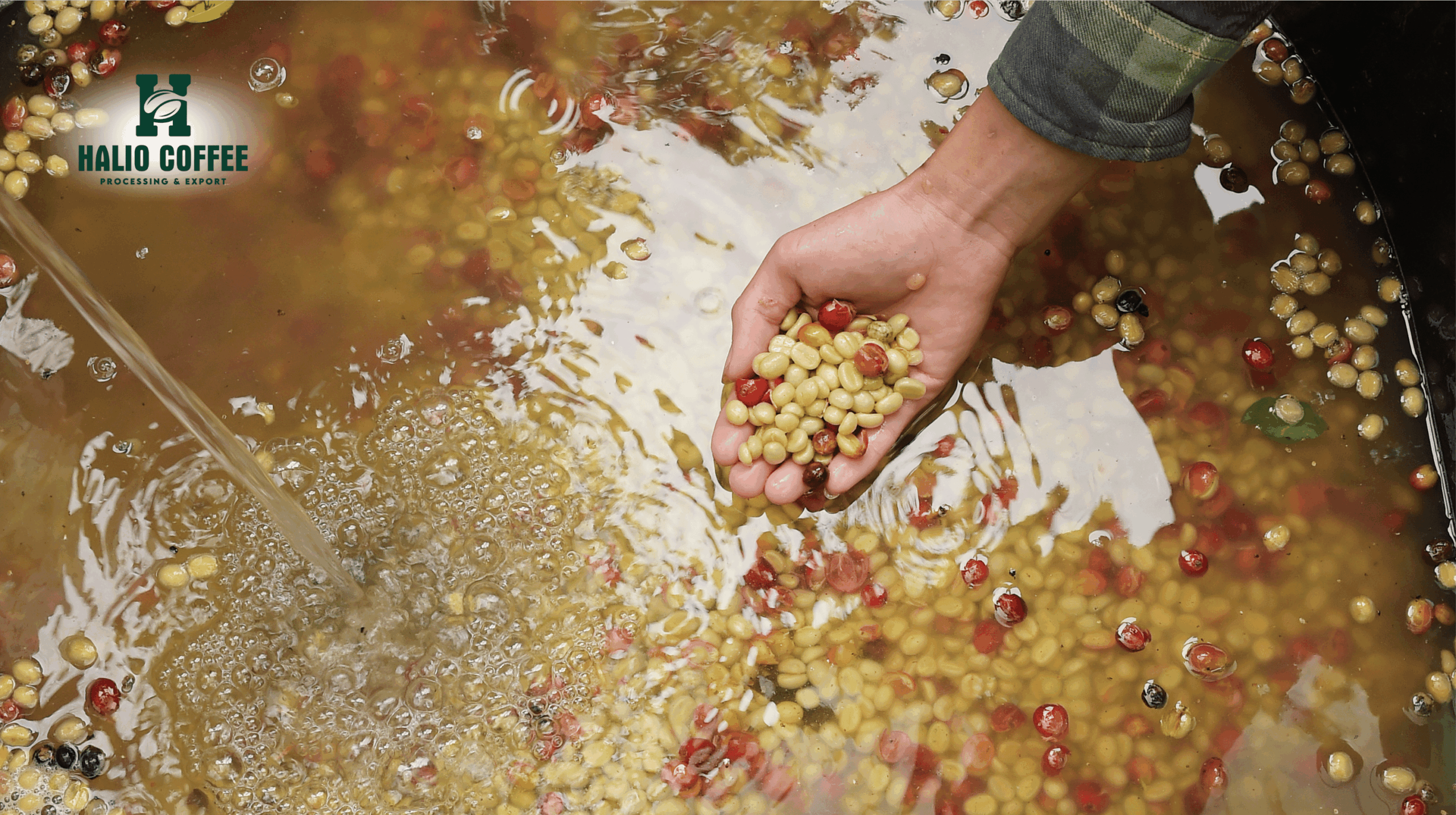Vietnamese Arabica Green Coffee Wholesale: Opportunities for Producers, Distributors, and Roasters
For decades, Vietnam has been globally recognized as the powerhouse of Robusta production. Yet, in recent years, there has been growing international interest in Vietnamese Arabica green coffee wholesale, driven by both rising consumer demand for diverse coffee experiences and Vietnam’s gradual shift toward higher-quality Arabica cultivation.
While the bulk of Vietnam’s exports remain Vietnam green coffee beans—primarily Robusta—the country’s Arabica sector has expanded significantly. Today, roasters and distributors worldwide are beginning to explore wholesale opportunities for Vietnamese Arabica, which offers competitive pricing, unique flavor profiles, and increasing quality consistency.
This article provides in-depth insights for companies engaged in coffee production, distribution, and roasting. We will examine Vietnam’s Arabica origins, the wholesale supply chain, processing methods, quality grading, roasting applications, and international trade dynamics. Finally, we will set the stage for the next step in Vietnam’s coffee evolution: Vietnam green Arabica coffee export as a key driver of global specialty trade.
The Role of Arabica in Vietnam’s Coffee Industry
Historical Context
Coffee was introduced to Vietnam by French colonists in the 19th century, with Arabica planted first in the northern highlands. However, after the 1980s economic reforms, Vietnam prioritized Robusta due to its higher yields and resilience.
Today, Arabica accounts for about 8–10% of Vietnam’s total coffee production, equivalent to approximately 1.5–2 million 60-kg bags annually. Though small compared to Robusta, this volume is significant for Vietnamese Arabica green coffee wholesale markets, particularly in Asia, Europe, and North America.
Key Growing Regions
Arabica thrives in Vietnam’s cooler, higher-altitude regions:
- Lam Dong (Central Highlands): Known for Da Lat Arabica, prized for its balance and floral notes.
- Son La (Northwest Vietnam): Produces mild, sweet Arabica with clean acidity.
- Quang Tri and Nghe An (Central Vietnam): Emerging Arabica regions with unique terroir-driven characteristics.
These areas provide the backbone of Vietnamese Arabica green coffee wholesale supply chains.
Vietnamese Arabica Green Coffee Wholesale: Market Relevance
Why Arabica Matters in Wholesale Trade
- Diverse flavor profiles: From floral and citrusy to chocolatey and nutty.
- Specialty potential: Some Vietnamese Arabica lots score above 80 points on the SCA scale.
- Blending utility: Useful for balancing Robusta-heavy blends.
- Market demand: Driven by global preference for Arabica, which accounts for ~60% of global coffee consumption.
Competitive Advantages for Buyers
- Cost-effectiveness: Compared to Arabica from Colombia or Ethiopia, Vietnamese Arabica often trades at lower prices.
- Consistent volumes: Though smaller than Robusta, Arabica supply is growing steadily.
- Proximity to Asian markets: Strategic logistics for roasters in East and Southeast Asia.
Processing Methods in Vietnam’s Arabica Production
Washed (Wet) Processing
The majority of Vietnamese Arabica green coffee wholesale lots are washed, producing:
- Bright acidity.
- Clean, balanced cup profiles.
- Preferred by specialty roasters worldwide.
Natural (Dry) Processing
Some Arabica is sun-dried with fruit intact, creating:
- Fruity, wine-like flavors.
- Greater risk of inconsistency, but attractive for niche buyers.
Honey Processing and Fermentation Experiments
Emerging among cooperatives and specialty-focused exporters, these methods produce unique sweetness and complexity, adding value to wholesale offerings.
Quality Grading of Vietnamese Arabica Green Coffee
Grading Standards
Vietnam follows international grading standards, focusing on:
- Screen size (16–18 for higher grades).
- Defect count (premium lots have minimal defects).
- Moisture content (optimal range: 11–12%).
Specialty-Grade Arabica
Select Arabica lots from Lam Dong and Son La are now recognized as specialty-grade, appealing to roasters seeking differentiation in the wholesale market.
Applications of Vietnamese Arabica Green Coffee for Roasters
Single-Origin Roasts
Arabica from Da Lat or Son La can be showcased as single-origin offerings, appealing to specialty cafes and consumers looking for new flavor profiles.
Espresso Blends
Wholesale Arabica from Vietnam blends well with Robusta or other Arabicas, providing:
- Balance between acidity and body.
- Cost efficiency in high-volume blends.
Cold Brew and RTD Beverages
The mild, clean taste of washed Vietnamese Arabica makes it a good candidate for ready-to-drink (RTD) cold brews and other beverage innovations.
Supply Chain and Wholesale Logistics
From Farm to Export
- Farmers: Smallholders (1–3 hectares) dominate Arabica production.
- Cooperatives: Centralized collection and quality control.
- Exporters: Handle large-scale shipments for wholesale buyers.
Packaging Options
- Jute bags with liners (60–70 kg).
- Vacuum-sealed bags for specialty shipments.
- Bulk containers for industrial roasters.
Ports and Logistics
Key export hubs include Ho Chi Minh City (southern Vietnam) and Hai Phong (northern Vietnam), with efficient connections to Asia, Europe, and the U.S.
Wholesale Pricing Dynamics
Global Arabica vs. Vietnamese Arabica
Vietnamese Arabica typically trades at a discount compared to Colombia or Ethiopia, making it attractive for cost-sensitive buyers.
Futures Market Influence
Prices are tied to the New York ICE Arabica futures market, with premiums or discounts applied based on quality, processing, and contracts.
Direct Trade Premiums
Specialty-focused wholesale buyers are willing to pay premiums for traceable, sustainable lots.
Challenges in Vietnamese Arabica Green Coffee Wholesale
Limited Production Volume
Arabica still represents less than 10% of Vietnam’s coffee output, creating supply constraints for large-scale buyers.
Climate Vulnerability
Arabica is more sensitive to pests, diseases, and temperature fluctuations compared to Robusta.
Perception Issues
Vietnam’s reputation as primarily a Robusta producer means Arabica from the country often requires additional marketing to appeal to high-end buyers.
The Global Relevance of Vietnamese Arabica
Meeting Rising Arabica Demand
Global consumption of Arabica continues to rise, particularly in North America, Europe, and Asia. Wholesale buyers are increasingly turning to alternative origins like Vietnam to meet demand while managing costs.
Role in Sustainable Trade
Vietnamese cooperatives and exporters are adopting:
- Organic practices.
- Water-efficient processing.
- Farmer training programs.
These initiatives strengthen the appeal of Vietnamese Arabica green coffee wholesale for buyers with sustainability commitments.
Future Outlook
As Vietnam continues to diversify its coffee sector, Arabica production will gain more importance. Investments in processing infrastructure, climate-resilient varieties, and farmer education are all positioning Vietnam as a more significant player in the global Arabica wholesale market.
At the same time, regional differentiation is becoming more important. The next logical step for international buyers is to explore Vietnam green Arabica coffee export, which highlights specific provinces and their unique terroir-driven Arabica production.
- The Highland Jewel: A Buyer’s Guide to Vetting Lam Dong Arabica Coffee Suppliers
- Sustainable Vietnamese Robusta — Strategic Guide for Producers, Distributors, and Roasters
- Coffee Prices Today, September 9: Strong Rebound on Global Exchanges
- Direct Trade Coffee Vietnam: A Transparent and Sustainable Approach to Green Bean Sourcing
- High Caffeine Coffee Bean Supplier







